When Nintendo first pulled back the curtain on Super Mario Bros. Wonder, I was admittedly, a bit disappointed. To be clear, that’s not a reflection on the game’s reveal trailer, or for that matter, 2D-sidescrolling Mario games in general. Rather, I was just hoping that the next mainline Mario game would be a follow-up to the stellar Super Mario Odyssey, much like how we got Tears of the Kingdom earlier this year.
What I didn’t expect was that Super Mario Bros. Wonder would blow me away. It might be limited to two dimensions, but Mario’s latest is jam-packed full of novel ideas, interesting twists, and hours and hours of platforming bliss.
At first glance, Super Mario Bros. Wonder is remarkably similar to the mustachioed plumber’s 2D-sidescrolling games on the Wii and Wii U. Mario and co. have their usual repertoire of tricks; ground pounds, wall jumps, and the oh-so-familiar platforming controls are all present and accounted for. What has changed, is, well, just about everything else.
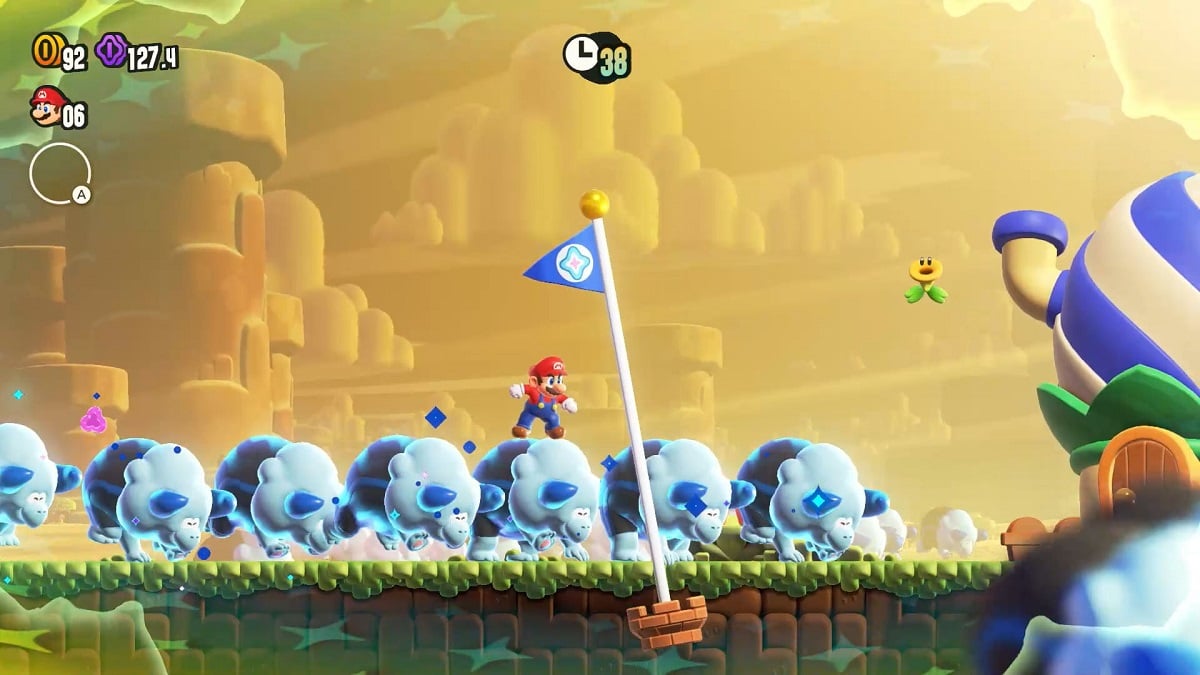
Nintendo certainly isn’t afraid to stray from genre conventions, and Wonder Flowers are proof of that. These collectibles are hidden throughout levels, and when collected, radically alter and warp the landscape around you. Sometimes, these changes will be permanent, other times, there’s an attached time limit, but their primary purpose is to allow you to track down and find Wonder Seeds, which are used to unlock levels and proceed from world to world. And don’t worry, you won’t need to collect every single hidden Wonder Seed, seeing as how you also are rewarded one for completing a level.
Wonder Flowers run the gamut; some might add environmental obstacles, others might make pipes and other objects in a level come alive, and some completely change the way a level is played. On one level, collecting the Wonder Flower transforms the ground you’re on into a giant, rolling snowball that proceeds to barrel forward, destroying the remainder of the level — flagpole included. In another, the game’s perspective shifts to that of a top-down, old-school Zelda game.
Wonder Flowers (and their effects) are easily the highlight of Super Mario Bros. Wonder, and while pre-launch coverage restrictions mean we can’t talk about all of them, I wouldn’t want to, if I’m being honest. There are so many enthralling, surprising, and — dare I say it — wonderful moments packed into this game, that my recommendation to anyone who picks this up is to go in as blind as possible.
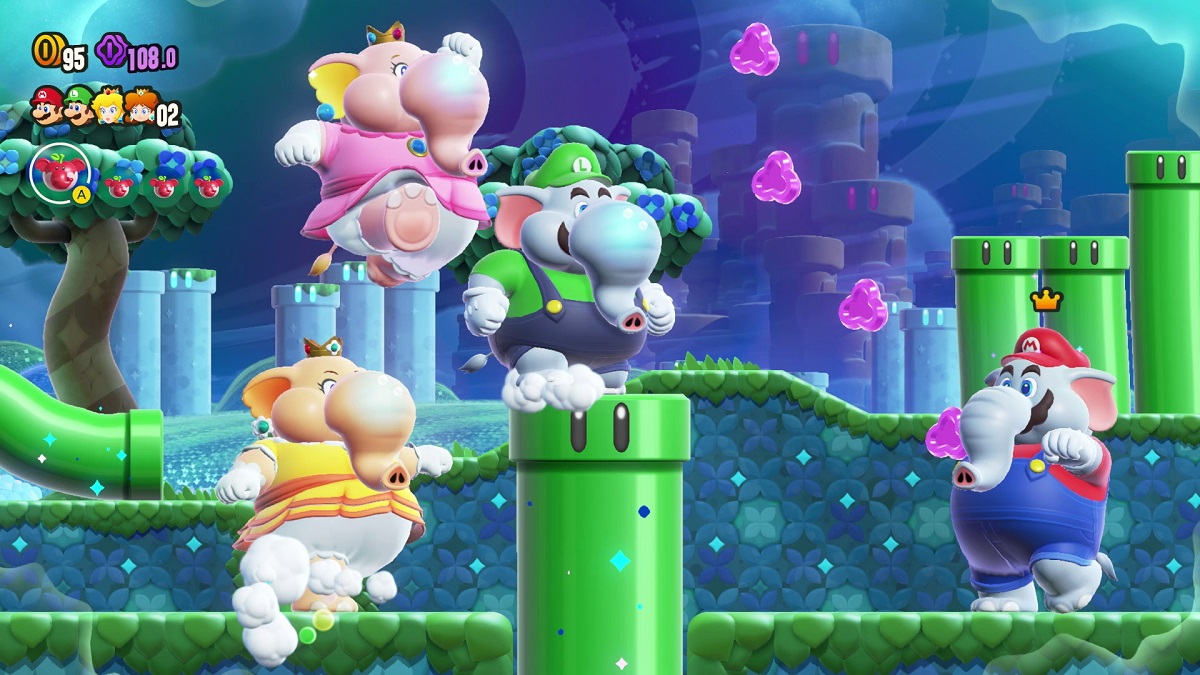
For anyone thinking that Super Mario Bros. Wonder is banking on Wonder Flowers alone, think again. There’s so much charm and character packed into every inch of this game. Despite Mario being voiced by an entirely new actor (we’ll never forget you, Charles Martinet), the iconic plumber is as expressive as ever, and I let out a few laughs the first time I saw him wriggling into a warp pipe, or nearly forgetting his hat as he transitions to a new part of a level. If you’ve seen any trailers for the game, you might have also noticed the talking flowers. These little guys don’t really change the moment-to-moment gameplay, but they’re so damn charming, whether they are expressing bewilderment at what’s going on around you, or providing a few words of encouragement. My favorite addition though? That probably has to go to the new drumroll and cymbal crash that plays every time you ground pound. I don’t know how we lived without it all these years, but now, I never want it to go away.
Earlier, I mentioned how the core of Super Mario Bros. Wonder is rooted in the franchise’s established mechanics, and that’s certainly true. That being said, there are plenty of new items and abilities that we haven’t seen before. Aside from the standard Super Mushrooms and Fire Flowers, Mario and the gang have a few new tricks up their sleeve. The Elephant Fruit is an obvious highlight, morphing your chosen character into a large, well, elephant, that can suck up water and swat away enemies and blocks thanks to your newfound trunk. The Bubble Flower on the other hand is a tad more defensive, letting you shoot out bubbles that can both be bounced off of and ensnare and trap enemies.
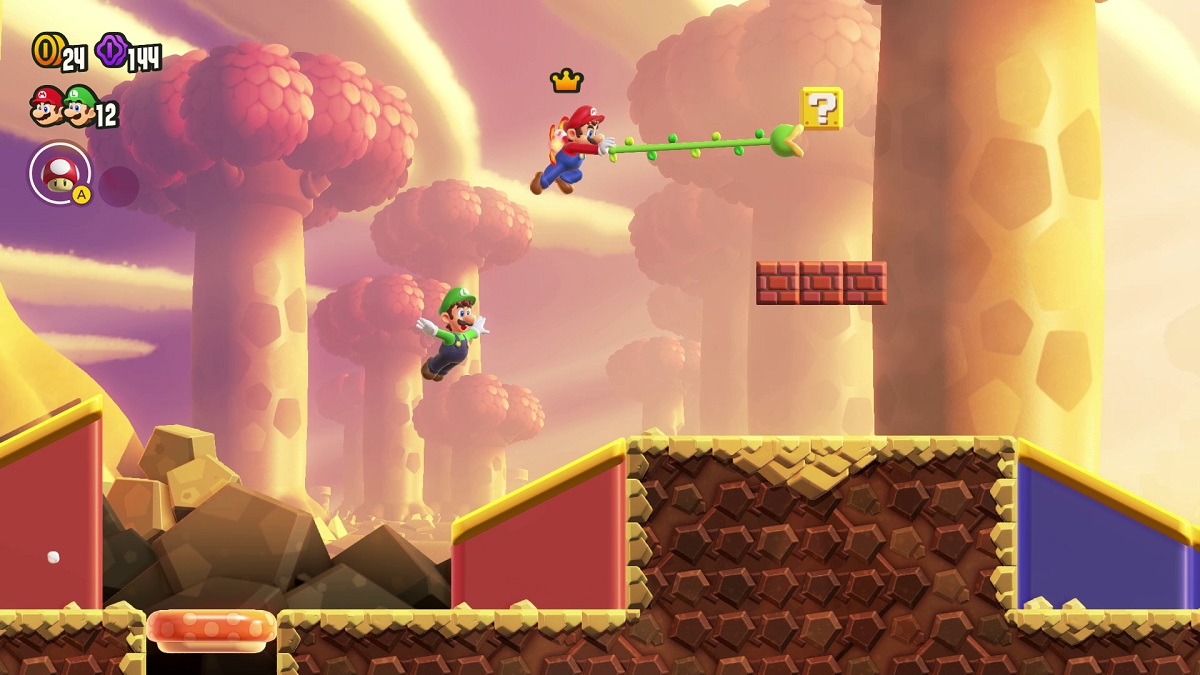
Most surprising, given Nintendo’s somewhat shoddy track record, is the amount of accessibility mechanics. I say “mechanics,” and not “options,” as these aren’t simple toggles that you can turn off and on in the game’s menu. Instead, Super Mario Bros. Wonder gives you access to badges, many of which can be used to give the player new abilities that also make the overall experience more manageable for less skilled or differently-abled players. The Parachute Cap badge is my go-to, seeing as how it lets you slowly descend when falling, but the Grappling Vine badge, which lets you throw out a vine that can latch onto walls, quickly became another favorite of mine. Some provide a helping hand (like the Safety Bounce badge, which lets you recover from bottomless pits and lava pools), and you also have the option to play as one of many differently-colored Yoshi, or Nabbit, all of whom are immune to taking damage.
I’m not entirely sure if there are any FromSoftware fans at Nintendo, but I’d certainly bet money on it. Super Mario Bros. Wonder seems to have taken inspiration from the Soulsborne games, at least when it comes to its online interaction. While true co-op is limited to local multiplayer, you’ll occasionally jump into a level and run into shadow versions of other players, which can either be pre-recorded playthroughs of another player beating the level, or an actual player who just happens to be playing the same course. You can’t directly interact with them, but they’re able to revive you should you get KO’d, or share item balloons should one of you need a power-up.
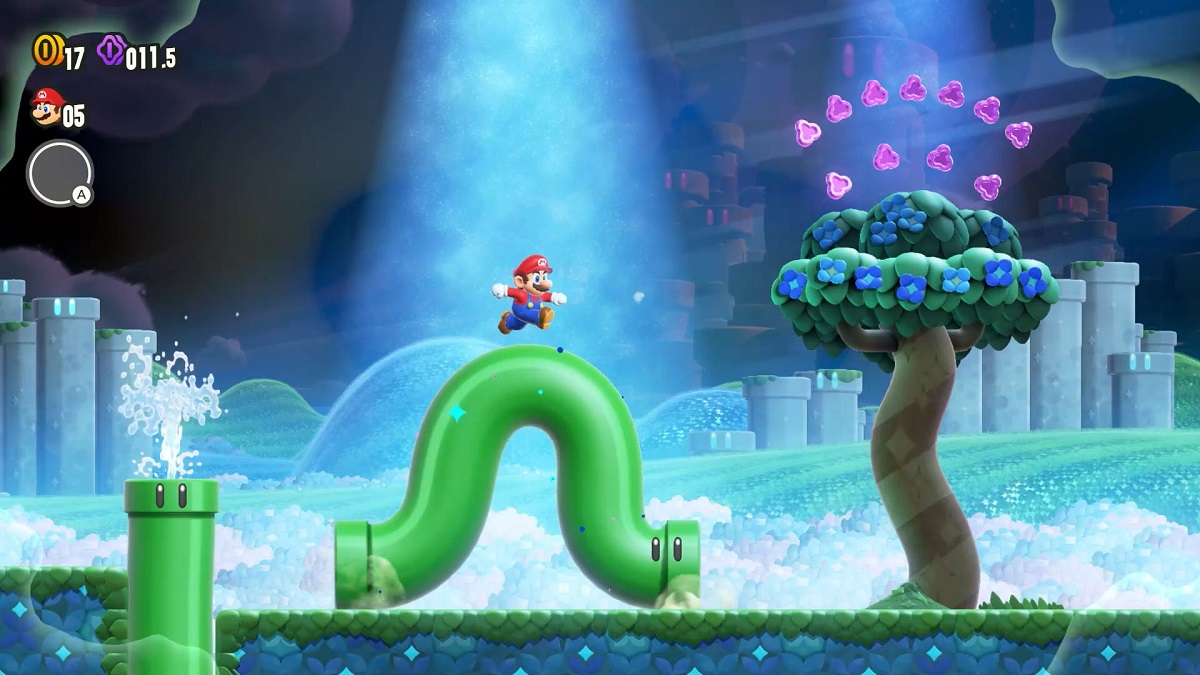
Each player also has the ability to freely drop a cardboard standee of themselves in a level. Your own standees can’t revive you, but they can be used to revive others, and vice versa. I can safely say that other players have saved my bacon more than once with a well-placed standee, and there have been several instances where out-of-the-way standees provided enough of a hint for me to find a secret item or hidden course exit. If you can wrangle up a few friends, you can also hop into an online lobby, which lets everyone see shadow versions of their friends. And while you can’t play through levels together over the internet, you can compete with up to three others in Friend Races to see who can complete a course the fastest.
So, yes, Super Mario Bros. Wonder might not have been the 3D follow-up to Super Mario Odyssey that I’ve been praying for, but it’s actually provided me with something better — a rekindled love for the side-scrolling platformer. Super Mario Bros. Wonder is, without a doubt, the best 2D Mario game since Super Mario World hit store shelves over 30 years ago. If Wonder happens to be the last Mario platformer to grace the Nintendo Switch, then it’ll go down as a swansong for the ages.
This review is based on the Nintendo Switch version of the game. A review copy was provided by Nintendo.

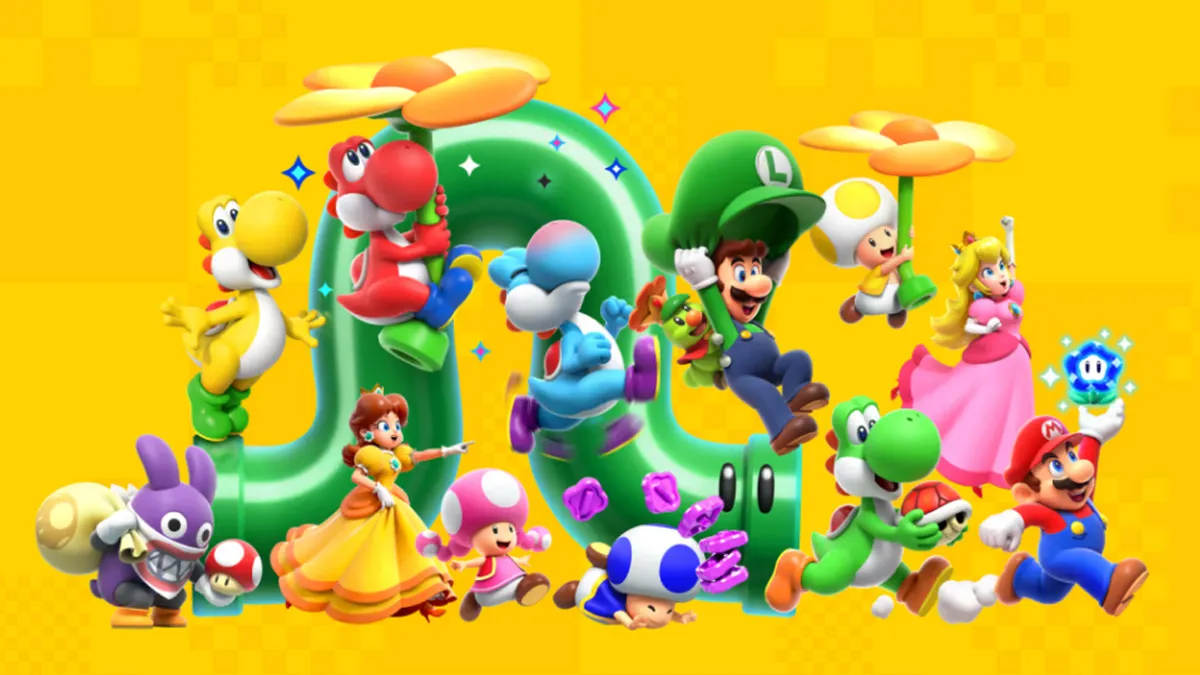








Published: Oct 18, 2023 08:00 am